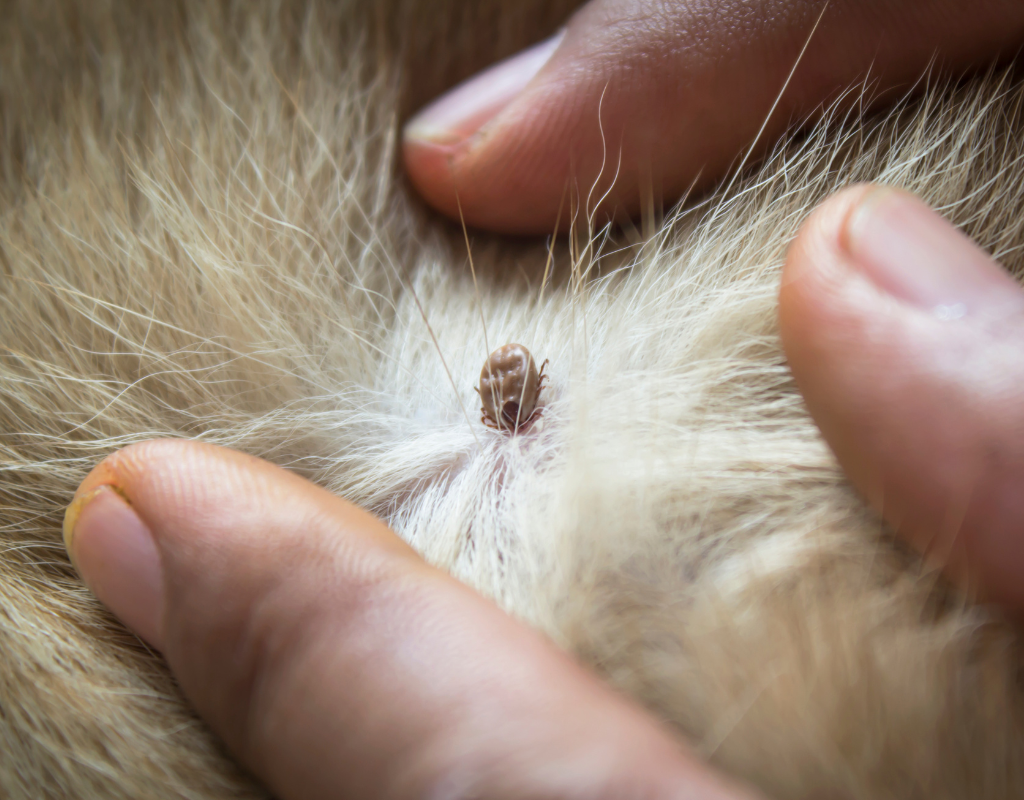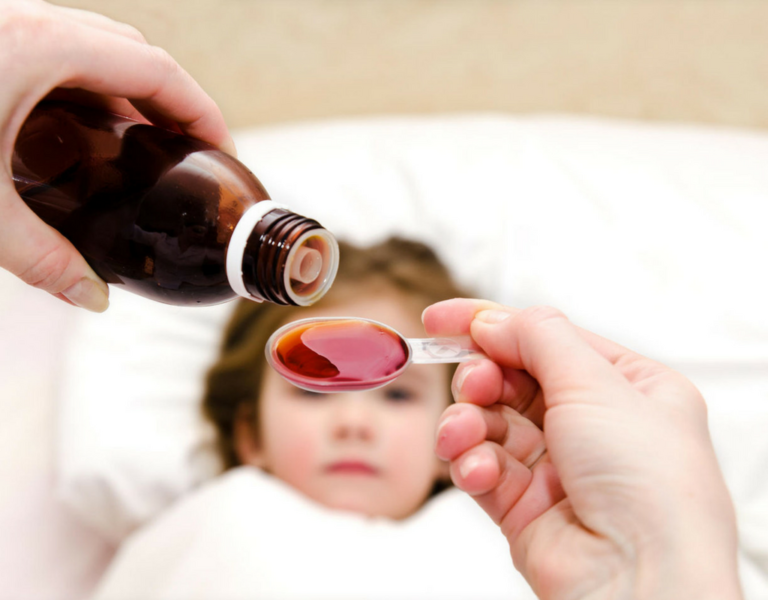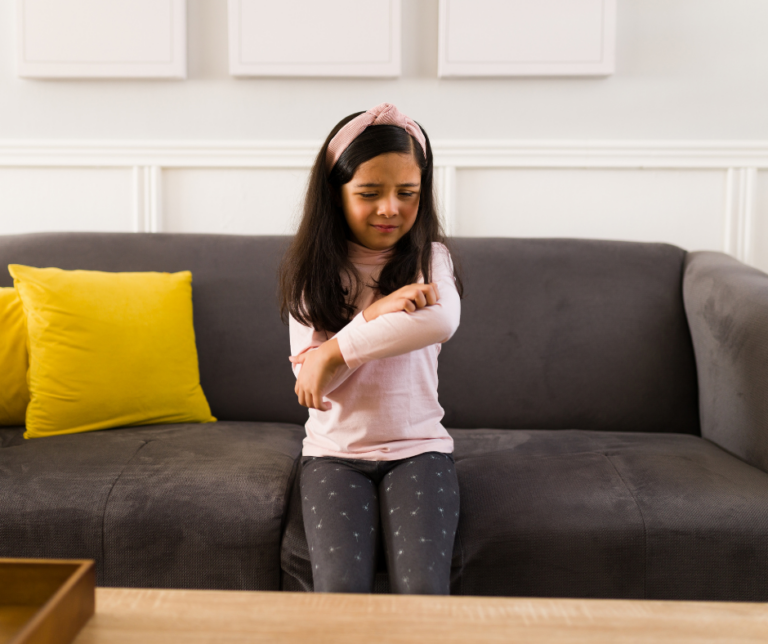If you have a child and you are doing the right thing by encouraging them to get outside and enjoy nature, chances are almost 100 percent that your little loved one will be bitten by a tick. Please DO NOT let this anxiety prevent you from enjoying the great outdoors! By and large most tick bites are harmless, and those that are not can be easily monitored to provide proper treatment. Ticks must be attached for at least 24 hours to transmit disease, so if you are reading this after a routine tick check and KNOW the tick just bit your child, relax, remove it and carry on.
If you are reading this because:
1) You found a tick on you or your child and don’t know how to remove it or
2) You removed it and want to attempt to identify it, please jump to the following links for proper instructions:
Tick removal:
http://va-loudouncounty.civicplus.com/documents/31/54/71/97/98/loudoun%20lyme%20brochure%202010.PDF
Tick identification:
http://www.tickencounter.org/tick_identification/tickid_nonflash
Lyme disease:
Lyme disease is caused by transmission of a bacterium called Borrelia burgdorferi via a tick bite. The most common tick to transmit this is the black legged deer tick while in its nymphal stage. The most common time of the year for this transmission to occur in our area is the spring and early summer, as that correlates to the life cycle of the tick. That said, Lyme disease can be contracted at any time of year.
Within 3 – 30 days from the bite the disease starts as many bacterial infections do, with a “prodromal” series of symptoms as your immune system gears up to fight the infection. This includes fatigue, headache, muscle aches, chills, and swollen lymph nodes. Some patients (70-80%) have a very distinctive rash called erythema migrans. It appears as a target like rash, red center, white surround with a second red ring around the entire thing. It spreads at a speed of about 1 cm per day.
A complete description with a cartoon representation is found at:
http://www.cdc.gov/lyme/signs_symptoms/index.html
A second phase of Lyme disease can occur if the original infection is missed. This symptom complex includes:
- Bell’s Palsy – a paralysis of one side of the face
- Erythema Migrans – in other parts of the body besides the tick bite site
- Large joint arthritis – in children this is almost always the knee
- Heart Palpitations – changes in your heartbeat
- Severe headache and a stiff neck – due to aseptic meningitis
A third and much later onset of symptoms can occur months to years after the infection. These include arthritis and neurological symptoms of memory loss and nerve pain in the extremities (hands and feet).
Diagnosis and Treatment:
If your child has a routine tick bite, we do not recommend treatment with an antibiotic. The tick must be on for at least 24 hours to transmit the disease. Sometimes the time from bite to removal is known. More commonly, it is unclear. If the bite is from a nymphal deer tick and has been on for at least 24 hours please call us for discussion and a visit to the office.
If your child has a rash within 30 days of a bite, or a puzzling rash, call us for an appointment. We cannot diagnose this over the phone. If it’s a Sunday, take a picture of the rash so we can use it for comparison purposes on Monday in the office. THERE IS NO NEED TO RUSH TO THE EMERGENCY ROOM. The rash lasts days and expands, so seeing a patient too early can lead to miss-diagnosis.
If your child has a swollen painful knee or a loss of function of one half of their face, we should see him or her the same day.
Lyme Blood tests:
If you have just been bitten: Test will be normal regardless, hence useless at this stage.
If you have the rash (Erythema Migrans): Testing is not necessary and will be falsely negative as your immune system has not had time to mount a response. Diagnosis can be made by the rash alone.
If you have late symptoms, more than 2 months after bite: Tests are excellent at determining your exposure and immune response to Lyme. A screening test, if positive, will be followed by a more specific test that is accurate. If we are unsure, an initial negative test can be repeated in 2 months to assure us all it was not missed.
Treatment:
Think of this bacterium like many others. Most of you reading this will be familiar with Strep throat caused by Group A beta hemolytic strep. Either your child has had this or you know someone who has. Borrelia is a similar organism. It does not have super powers as sometimes claimed on internet sites. It is sensitive to Amoxicillin for 21 days in most routine diagnoses.
More severe or later presentations sometime require more aggressive therapy, but by then you will be in the secure hands of our doctors with help from infectious disease specialists in our area if needed.
Misconceptions:
There are a group of physicians calling themselves “LYME LITERATE Physicians” (LLMD). They are intimating that other doctors are illiterate when it comes to treating Lyme disease. This is certainly not true. These LLMD’s have ignored the basic tenants of infectious disease medicine and research and are recommending prolonged courses of antibiotics for a condition they call “chronic Lyme disease”. This does not exist. There are many cases of harmful courses of action being delivered by these physicians. If you have further questions on this topic, it’s best to come in and speak to our physicians.





